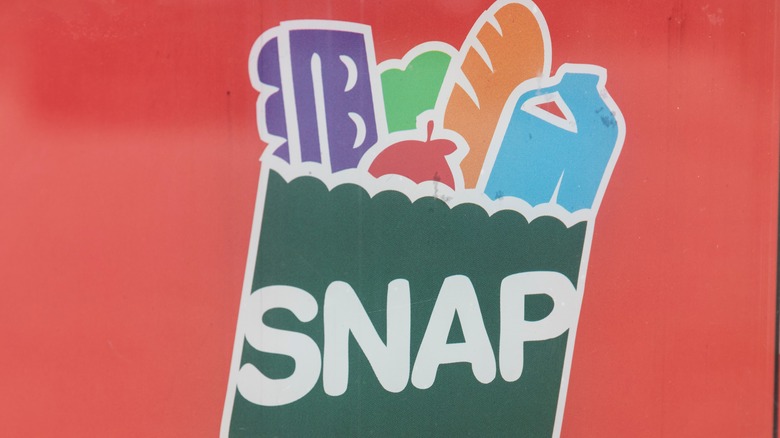New Report Shows That Expired SNAP Benefits Have Exacerbated Food Insecurity
Millions of American adults are considered food insecure, meaning those people do not have the resources to purchase food that supports a healthy and active lifestyle. With pandemic SNAP benefits eliminated, the food insecurity issue has become heightened. NBC News reports that 47% of households earning less than $50,000 annually sought food benefits in May 2023. Compared to February's 39%, the difference appears significant.
While higher-income sectors saw increased food spending, persistent inflation has deeply impacted the lower-income category. Sofia Baig, a Morning Consult economist who helped with the report, said consumers are looking to other sources to subsidize their spending. Even though prices have stabilized, the costs are still higher than in previous years. The increase in SNAP benefits percentages shows people are seeking assistance to help fill the gap in their food spending. Consumers cannot complete their shopping lists without other sources to offset the higher at-home grocery costs. The SNAP benefits could be the difference between having or skipping a meal.
SNAP is the Supplemental Nutrition Assistance Program. Each state runs and regulates the program. Allocations are determined by persons in the household, income, and other factors. The benefits can be used on food items, including produce, dairy, and proteins. Recent program changes have modified work requirements for participants to qualify for food assistance.
Are updated SNAP work requirements creating more food insecurity?
As less-than $50,000 income households seek SNAP benefits, new modified program requirements have some people questioning the bottom line impact. Ashley Tyrner, CEO and founder of FarmboxRx, asserted in MedCity News that the new SNAP requirements could be more burdensome to participants.
Having previously relied on these SNAP benefits, Tyrner questions whether the new work requirements will further put economically disadvantaged groups into a deeper hole. To satisfy the work hours, people might incur travel, child care, and other costs which could decrease their gross income. The current SNAP benefit compiled with less total income may not be enough to fulfill that shopping list.
Although pundits will be on both sides of the argument, the food insecurity issue is not a simple math equation. Economic indicators, social welfare, and other impacts will continue to be part of the spirited discussion but may not directly answer the growing problem. When one person's benefits go from $281 to $23 a month, the drastic change impacts their table and the community around them. While some economic data might give hope that positive change is on the horizon, those struggling with each paycheck may think there is an unattainable pot of gold at the end of the rainbow.

